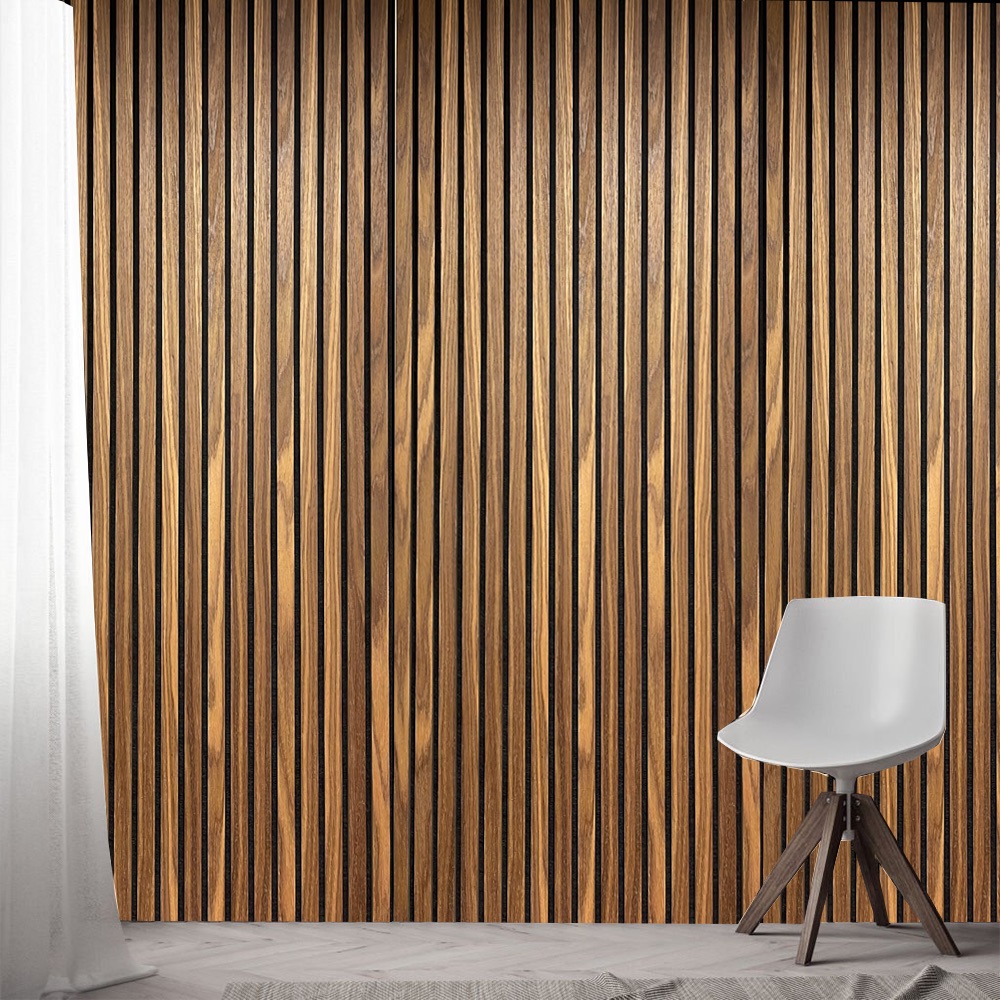Acoustic panels are not just practical for improving sound quality; they can also be a beautiful addition to your home or office. Choosing the right type of wood for your acoustic panels is crucial for achieving both optimal sound performance and aesthetic appeal. This guide will walk you through the best types of wood to consider for acoustic panels, breaking down their features and benefits so you can make an informed decision.
What Are Acoustic Panels and Why Does Wood Matter?
Acoustic panels are designed to absorb sound waves, reducing echo and noise to create a more comfortable and functional space. The type of wood used in these panels plays a significant role in their performance, durability, and appearance.
Here’s why wood is a popular choice:
- Natural Acoustic Properties: Wood naturally absorbs and diffuses sound, making it an ideal material.
- Aesthetic Versatility: Different wood types offer various finishes and grains to match any décor.
- Eco-Friendly Option: Many wood types are sustainably sourced, offering an environmentally friendly solution.
The Best Types of Wood for Acoustic Panels
When choosing the best types of wood for acoustic panels, it’s essential to consider factors like durability, sound performance, and aesthetics. Below are some top options, each with unique benefits.
1. Oak: A Timeless Choice
Oak is one of the best types of wood for acoustic panels due to its strength, durability, and elegant grain patterns.
- Benefits:
- Dense structure provides excellent sound absorption.
- Works well with various finishes, from light stains to rich, dark tones.
- Long-lasting and resistant to wear.
- Ideal Uses:
- Home theaters.
- Living rooms with a rustic or classic design.
- Pro Tip: Choose red or white oak for slightly different aesthetic tones.
2. Walnut: The Luxury Option
If you want to add a touch of luxury to your acoustic panels, walnut is a fantastic option. Its deep, rich color and smooth grain make it highly desirable.
- Benefits:
- Provides excellent sound control due to its moderate density.
- Adds sophistication and warmth to any space.
- Easy to work with for custom designs.
- Ideal Uses:
- Professional recording studios.
- High-end home offices or libraries.
- Pro Tip: Pair walnut acoustic panels with neutral wall colors to let the wood stand out.
3. Pine: Affordable and Versatile
For those on a budget, pine is one of the best types of wood for acoustic panels without compromising quality.
- Benefits:
- Lightweight and easy to install.
- Cost-effective compared to other wood types.
- Naturally absorbs mid-range frequencies well.
- Ideal Uses:
- Children’s rooms or classrooms.
- Casual home spaces like dens or game rooms.
- Pro Tip: Choose knot-free pine for a smoother, more polished appearance.
Factors to Consider When Choosing the Best Types of Wood
Selecting the right wood isn’t just about looks. Here are some key factors to keep in mind:
1. Density
Denser woods like oak and walnut tend to absorb more sound, making them ideal for high-performance acoustic panels.
2. Appearance
The color, grain, and finish of the wood should complement your interior design.
3. Cost
Budget-friendly options like pine offer great value without sacrificing functionality.
4. Sustainability
Look for FSC-certified wood to ensure that your panels are eco-friendly and responsibly sourced.
Best Types of Wood for Acoustic Panels
To help you decide, here’s a quick comparison of the best types of wood based on key factors:
| Wood Type | Sound Absorption | Aesthetic Appeal | Cost | Best For |
|---|---|---|---|---|
| Oak | Excellent | Classic and versatile | $$$ | Home theaters, living rooms |
| Walnut | Very good | Luxurious and modern | $$$$ | Studios, offices |
| Pine | Good | Simple and rustic | $$ | Casual spaces, classrooms |
Steps to Choose the Right Wood for Your Acoustic Panels
- Determine Your Budget: Decide how much you’re willing to invest in your panels.
- Assess Your Needs: Consider the size of your space and the level of sound control required.
- Match Your Décor: Select wood that complements your interior design.
- Source Responsibly: Choose suppliers offering sustainable options.
FAQs About the Best Types of Wood for Acoustic Panels
-
Which wood is the most durable for acoustic panels?
Oak and walnut are highly durable options, ensuring long-lasting performance and resistance to wear.
-
Can I use softwoods like pine for acoustic panels?
Yes, pine is an affordable and lightweight option, though it may not absorb sound as effectively as denser woods.
-
What finish works best for acoustic panels?
Natural finishes that enhance the grain of the wood, such as oil or wax, are popular choices.
-
Are acoustic panels made of wood eco-friendly?
Yes, many acoustic panels are made from sustainably sourced wood. Look for certifications like FSC to ensure environmental responsibility.
-
How do I maintain wood acoustic panels?
Regularly dust the panels and occasionally polish them with a wood-safe cleaner to maintain their appearance and performance.
Conclusion
Choosing the best types of wood for acoustic panels can elevate your space, both in sound quality and design. Whether you opt for the timeless appeal of oak, the luxurious look of walnut, or the affordability of pine, there’s a perfect wood option for every need. With the right panels, you’ll enjoy a quieter, more comfortable environment that reflects your style and meets your acoustic requirements.
Take the time to explore these options and transform your space with the beauty and functionality of high-quality wooden acoustic panels.








